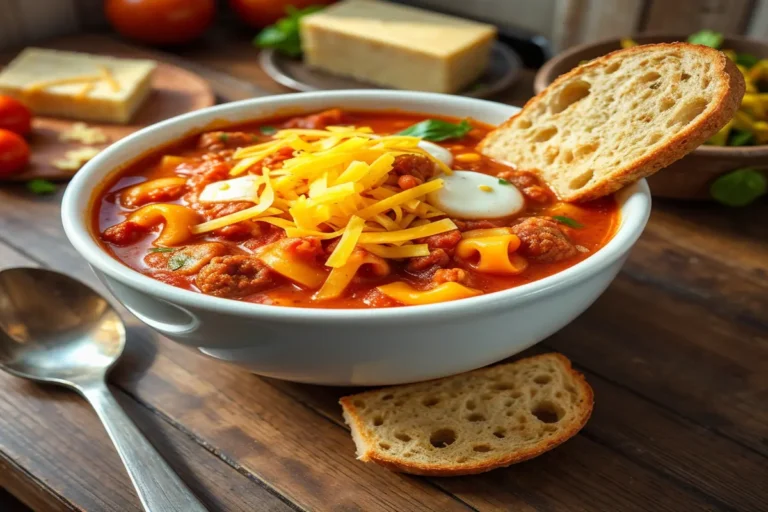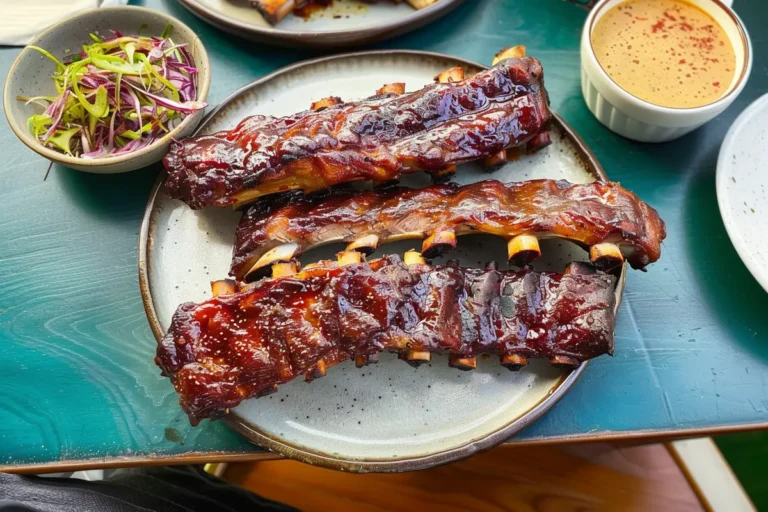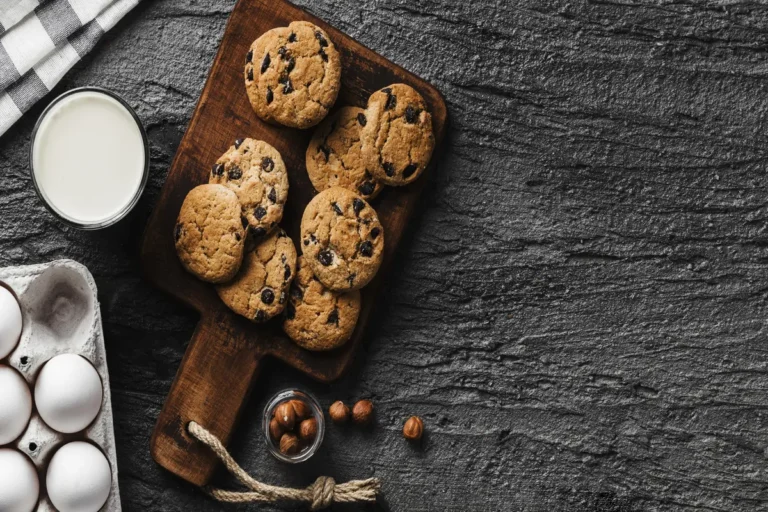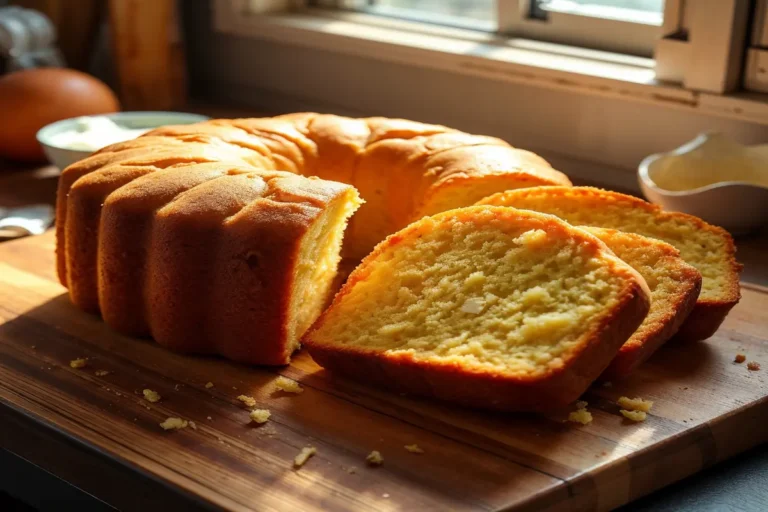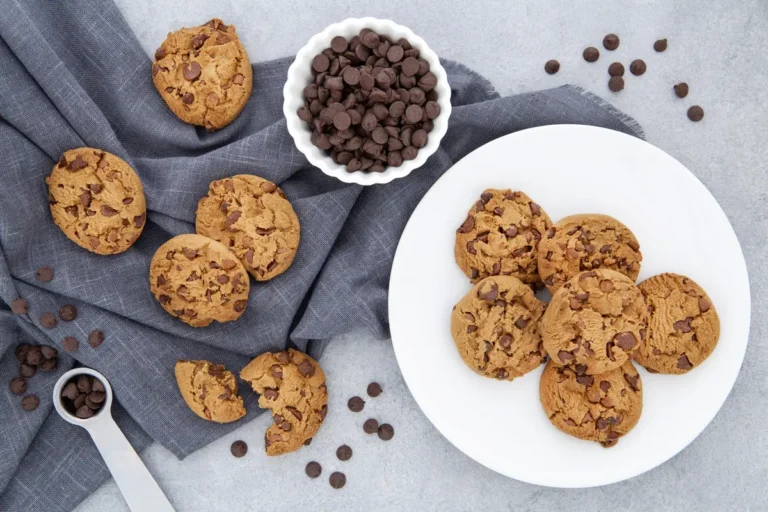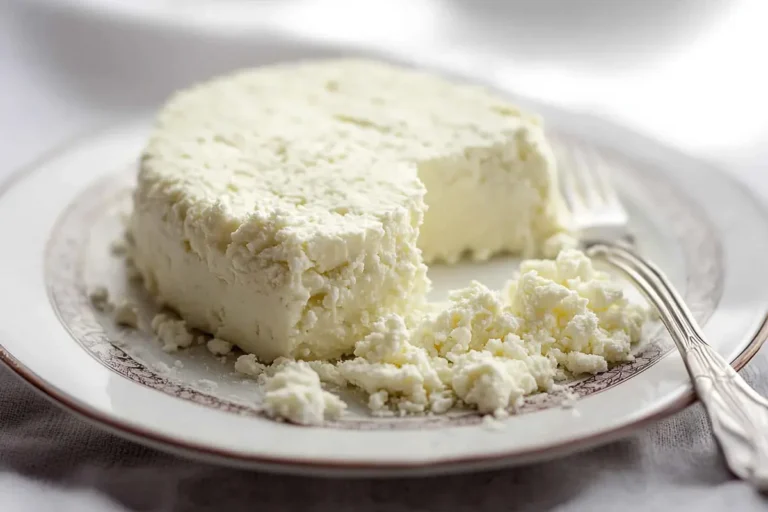Should You Add Water When Cooking Ground Beef
Cooking ground beef is a fundamental technique that anyone in the kitchen should master, whether you’re preparing burgers, tacos, or casseroles. The common question for many home cooks is whether adding water to the pan while cooking ground beef is necessary or beneficial. Let’s explore this topic deeply, diving into best practices for cooking ground beef, when (if ever) to add water, and other key factors that contribute to delicious, juicy beef.
Why Would You Add Water When Cooking Ground Beef?
Adding water to your pan when cooking ground beef can seem counterintuitive to some, while others swear by it. There are some situations where a splash of water can help:
- Avoiding excessive fat: If you’re using a high-fat beef blend (such as 70/30), adding water can help dilute the fat content, allowing you to drain off more fat without drying out the meat.
- Steaming effect: The water can create a steaming effect that helps cook the beef evenly. It can prevent the beef from over-browning, especially when cooking over medium to high heat.
- Softening tougher cuts: Some leaner cuts of ground beef (like 90/10) can dry out quickly. Water helps retain some moisture during cooking.
However, for most cooking purposes, such as browning meat for dishes like tacos, casseroles, or sauces, water is usually unnecessary. In fact, adding water can sometimes dilute flavor and interfere with the searing and browning process.
When Not to Add Water
When you’re aiming for perfectly browned ground beef, water should generally be avoided. Water prevents browning, which is key to building flavor. Instead, using oil in a hot pan helps develop a rich crust on the beef.
For most recipes, you want the meat to achieve a golden-brown color because this Maillard reaction enhances the depth of flavor in your dishes. When you add water, the meat essentially steams, which is counterproductive if your goal is to get a nice, brown crust.
Best Practices for Cooking Ground Beef
1. Choose the Right Pan
The type of pan you use can have a significant impact on how your ground beef turns out. Using a stainless steel or cast-iron skillet will yield better results than a non-stick pan because these pans allow for better browning. Additionally, make sure your pan is large enough to spread the meat into an even layer. Overcrowding leads to steaming rather than browning.
2. Use the Right Amount of Oil
If you are not using water, a small amount of oil—typically olive oil or vegetable oil—will suffice. Even lean ground beef can stick to the pan if it’s too dry, so oil helps prevent that and enhances browning.
3. Flatten the Beef in the Pan
Once you add the beef to the pan, spread it into an even, flat layer. Don’t stir or break it apart right away. Allow the beef to cook undisturbed for several minutes, letting the bottom layer develop a crust before you break it apart.
4. Seasoning at the Right Time
Season your beef early in the cooking process, but not immediately. Add your salt and pepper once the beef has started to brown. This ensures the seasoning adheres well and penetrates the meat.
Alternatives to Adding Water: Enhancing Flavor
Instead of adding water, you can consider these alternatives to enhance the flavor and texture of your ground beef:
- Broth or Stock: If you’re worried about the meat drying out, adding a small amount of beef broth or stock can add moisture while infusing more flavor than water would.
- Wine or Beer: Deglazing the pan with a splash of red wine or beer can add depth to your beef, especially when making sauces or stews.
- Aromatics: Garlic, onions, and spices like cumin or chili powder can enrich the flavor without needing water.
When Adding Water Might Be Useful
In certain cases, a little water can be beneficial:
- Low-Fat Ground Beef: For very lean ground beef (like 90/10 or higher), adding a splash of water toward the end of cooking can help maintain moisture.
- Bulk Cooking: If you’re cooking ground beef for multiple meals or freezing it for later use, water can help it retain moisture during reheating.
- Stews or Soups: If your ground beef is going into a stew or soup, the added water will incorporate into the dish, and the fat will emulsify into the broth.
For example, in soups, like taco soup or chili, water helps mix the flavors without worrying about losing the rich texture of the beef.
Internal Links Opportunity: Ground Beef Recipes
To better understand the variety of recipes you can make with perfectly cooked ground beef, check out this ground beef recipes collection. It’s a fantastic resource for finding creative and delicious ways to use ground beef in your meals. From hearty casseroles to light and healthy dishes, there’s something for everyone.
Additionally, learning how to brown ground beef properly is key. You can find more on that in this comprehensive guide on how to brown ground beef.
External Links: Learning from the Experts
When discussing the best techniques for cooking ground beef, it’s important to rely on trusted cooking resources. Serious Eats’ meat cooking guide provides in-depth insights on how to achieve the perfect browning on various cuts of meat. For storage tips on how to keep your beef fresh, visit this guide on ground beef storage.
Common Mistakes When Cooking Ground Beef
Many people make simple mistakes when cooking ground beef, but these can easily be avoided with a few tips:
- Overcrowding the Pan: When too much beef is crammed into a small pan, the meat steams rather than browns. Use a large enough skillet or cook in batches.
- Breaking the Beef Apart Too Early: As tempting as it is to stir the beef as soon as it hits the pan, let it sit for a few minutes first. This will allow a nice crust to form on the bottom.
- Not Draining the Fat: If you’re using beef with a higher fat content, make sure to drain the fat after cooking to avoid greasy dishes.
Fat Content in Ground Beef and Its Impact on Cooking
Different blends of ground beef—ranging from 70/30 (70% lean, 30% fat) to 90/10—behave differently when cooked. More fat means more flavor but also more grease, which you might need to drain. Less fat, on the other hand, requires more careful attention to prevent drying out.
When deciding on the fat content, consider the dish. For burgers, the extra fat in 80/20 beef makes for juicy, flavorful patties. For sauces, tacos, or casseroles, leaner beef like 85/15 or 90/10 is preferable.
Should You Drain Ground Beef?
If you’re cooking higher-fat ground beef, you’ll likely need to drain the excess grease. However, the timing of when you drain can make a difference. For instance, if you’re adding onions, garlic, or spices to the beef, let the grease help distribute those flavors before draining.
Why Drain the Fat?
- Greasy texture: Leaving too much fat in your dish can make it unpleasantly greasy.
- Calorie reduction: Draining the fat helps reduce the overall calorie content of the dish.
- Enhanced flavor: While fat can enhance flavor, too much can overwhelm other ingredients in your recipe.
FAQs For add water when cooking ground beef
1. Do you need to add water to ground beef when cooking?
No, adding water is generally unnecessary unless you’re cooking lean beef or trying to reduce fat content.
2. How much water should I add to ground beef?
If you must add water, a small amount (no more than 1/4 cup) is typically sufficient. It helps keep lean beef moist.
3. Can you cook ground beef without water?
Absolutely. In fact, dry cooking with a little oil helps achieve better browning and flavor.
4. Why is my ground beef tough?
Tough ground beef is often the result of overcooking or using too lean a cut. Consider using a higher fat blend or adding moisture mid-cooking.
5. Should you drain ground beef before or after cooking?
You should drain the fat after the beef has fully browned, and before adding any additional ingredients.
6. Does water make ground beef less greasy?
Yes, adding water can help dilute some of the fat, making it easier to drain off excess grease.
In conclusion, while adding water to ground beef is sometimes useful, it is not typically necessary for achieving the best results. Instead, focus on choosing the right pan, using the proper techniques, and enhancing flavor with broth or oil. This way, your ground beef will turn out juicy, flavorful, and perfectly cooked every time.

